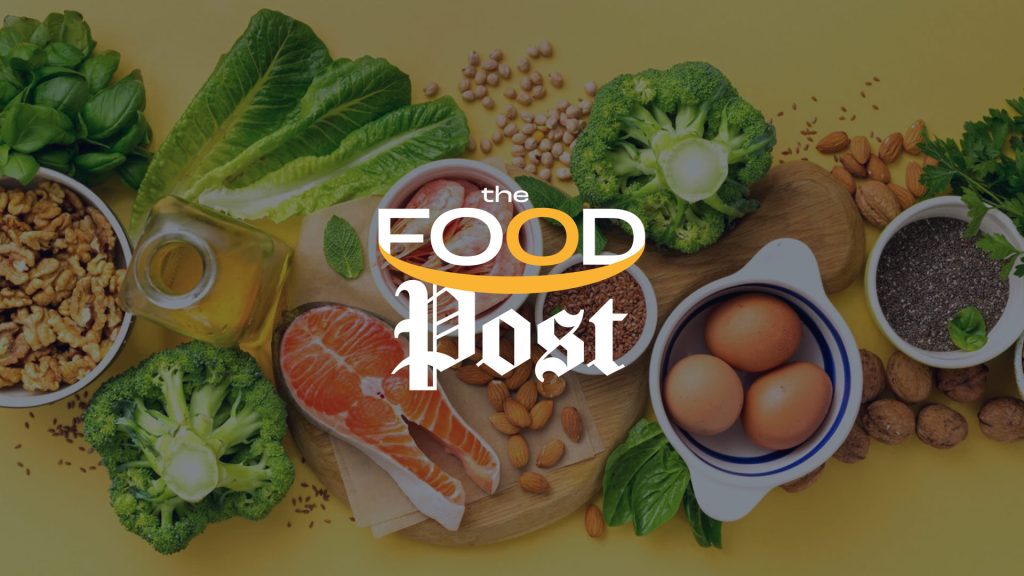The UK Health Security Agency (UKHSA) has provided more details about Campylobacter and Salmonella infections in 2023.
The number of reported Campylobacter cases in England rose from 54,884 in 2022 to 60,014 in 2023. More recent data shows a further increase to more than 70,300 in 2024.
In 2023, the region with the most Campylobacter laboratory reports was the South East with 11,140. Despite having the lowest number of patients, the North East had the highest reporting rate. The lowest rate was in London.
Overall, 55.4 percent of patients were male and the most affected age groups were 50 to 59 and 60 to 69 years old. Lab reports per month broadly followed the same trend as the previous five years, with a peak in June.
The majority of Campylobacter samples were Campylobacter jejuni at 11,862 followed by Campylobacter coli with 1,300.
Five outbreaks were reported with 36 patients, of which 24 were laboratory confirmed.
The source was unknown on four occasions but one incident with four patients was traced to poultry meat sold at a kebab shop. Two outbreaks were linked to a nursing or care home and one with 18 patients was traced to a restaurant.
Data comes from the Second Generation Surveillance System run by UKHSA and the Gastrointestinal Infections, Food Safety and One Health (GIFSOH) division’s Electronic Foodborne and non-foodborne Outbreak Surveillance System (eFOSS).
Eight Salmonella outbreaks
Reported non-typhoidal Salmonella cases in England rose from 8,290 in 2022 to 8,874 in 2023. More recent data shows nearly 10,400 infections were recorded in 2024.
In 2023, Salmonella Enteritidis was the most frequently reported serovar with lab reports increasing from 2,069 in 2022 to 2,710 in 2023; reports of Salmonella Typhimurium decreased from 1,772 to 1,471. Data includes Salmonella Typhimurium and Monophasic Salmonella Typhimurium. Salmonella Infantis was third, followed by the Saintpaul, Newport, Chester, and Agona Salmonella types.
London had the highest rate of lab reports and the lowest rate was in the East Midlands. London had the most cases with 1,739 while the North East had the lowest with 449.
Overall, 52.6 percent of reported cases were female and the most affected age group was the 0 to 9 year old category. Salmonella reports broadly followed the same trend as previous five years, with a peak in September.
Eight outbreaks caused 522 cases, of which 510 were lab confirmed. They were associated with the consumption of different food vehicles such as poultry and red meat, eggs, coriander leaves, and melons.
The largest Salmonella Enteritidis outbreak had 255 cases and was linked to poultry meat from Poland. This incident also affected European countries and was the subject of an outbreak assessment by the European Centre for Disease Prevention and Control (ECDC) and European Food Safety Authority (EFSA).
A Salmonella Saintpaul outbreak traced to cantaloupe melon sickened 95 people in England, Scotland, and Wales. Five patients were also recorded in Portugal.
A Salmonella Infantis outbreak with 71 cases was linked to poultry meat and a Salmonella Enteritidis outbreak with 65 patients was caused by eggs served at a restaurant.
There were 177 Listeria cases in England and Wales in 2023 and 178 in 2024. Clostridium perfringens infections in England went up from 1,659 to 1,702. Shiga toxin-producing E. coli (STEC) O157 rose from 538 to 567 and Yersinia increased from 454 to 660. Cyclospora cases almost doubled from 61 in 2023 to 123 in 2024.
(To sign up for a free subscription to Food Safety News, click here)

